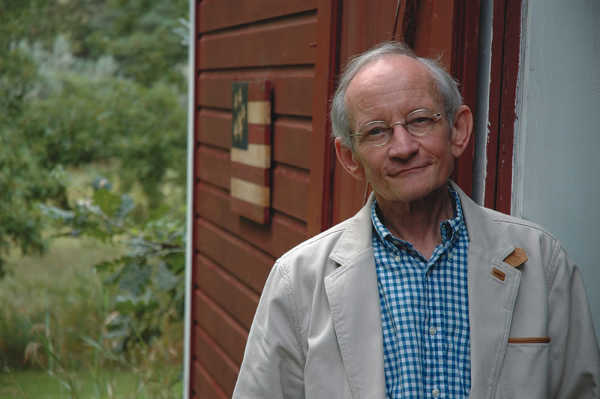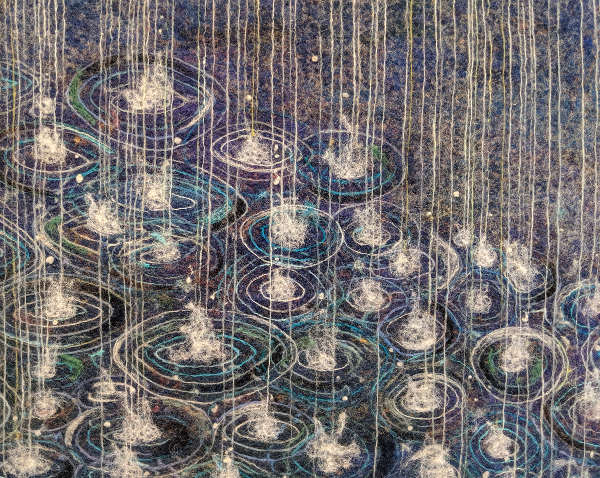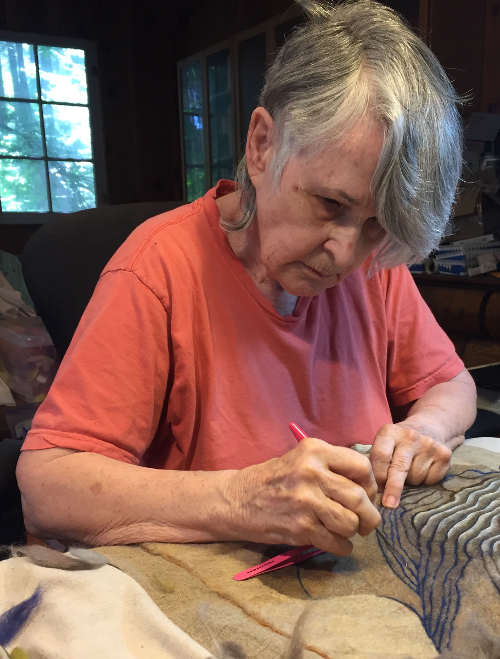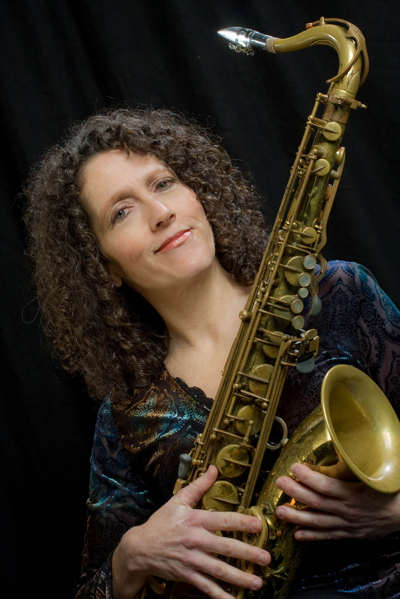- Tim Riley
- Posted On
‘Once Upon a Time’ Hollywood’s bygone era is shattered
‘ONCE UPON A TIME … IN HOLLYWOOD’ (Rated R)
Quentin Tarantino’s penchant for graphic violence, nonlinear storylines, pop culture references and casting ensemble characters in broad strokes, among other stylistic flourishes, is very much in evidence in “Once Upon a Time … in Hollywood.”
At the outset of the preview screening, an announcement implored the assembled critics and guests not to reveal significant plot details lest enjoyment of plot twists and the final reveal be irreparably spoiled.
The body of work of Tarantino’s cinematic achievements invariably, if memory serves, has plenty of surprises, and while a deep dive into the director’s thought process might lead one to a path of revelation, it would be best not to dwell much on trying to be prophetic about the outcome.
Aside from the great American achievement of the realization of President Kennedy’s goal to land a man on the Moon, the year 1969 was otherwise marred by ongoing civil unrest and the horror of the Manson family’s bloody carnage in the Hollywood Hills.
The late Sixties had been wracked by tragedy with the assassinations of Robert F. Kennedy and Martin Luther King Jr., and then the nation and Hollywood in particular were shaken by the heinous, wanton murders of Sharon Tate and others by deranged, psychotic misfits.
Tarantino treats a bygone era with nostalgia, reverence and affection, at least on the surface level by brilliantly capturing landmarks such as El Coyote Mexican café and the venerable industry hangout Musso and Frank Grill frequented by the Hollywood crowd.
Atmosphere plays a big part in “Once Upon a Time,” from the period automobiles and retro fashions to young, wide-eyed model-actress Sharon Tate (Margot Robbie) taking in a matinee of her movie “The Wrecking Crew” at a Westwood movie house.
While many real-life characters figure more than tangentially in the picture, the fictional Rick Dalton (Leonardo DiCaprio), the former leading actor on the television Western “Bounty Law,” figures most prominently as a celebrity.
As a fading star, Dalton is not transitioning to leading roles in action pictures that he envisioned as his future, and his frustration grows when relegated to being a guest star on a Western starring James Stacy (Timothy Olyphant).
Unctuous agent Marvin Schwarzs (Al Pacino) arranges for Dalton to launch a film career by starring in spaghetti westerns filmed in Italy. While that path worked wonders for Clint Eastwood, Dalton’s future, like that of his neighbors, remains in doubt.
Early in his career, Dalton was advised to buy a home as an investment, and as a result he lives in a nice spread on Cielo Drive, where his new neighbors turn out to be director Roman Polanski (Rafal Zawierucha) and pregnant wife, Sharon Tate.
The closest person to Dalton is his stuntman, best friend and confidante Cliff Booth (Brad Pitt), who remains a constant presence by virtue of the fact that Dalton has to be chauffeured everywhere due to the loss of his license for driving while intoxicated too many times.
Much of the humor in a story that carries an eventual dark cloud is the spoofing of the industry. A fawning reporter interviews Dalton and Booth for a cheesy television show. During a guest role, Dalton loses his cool in his trailer after botching his lines.
For his part, Booth is burdened by the taint of being suspected of killing his wife, thereby deemed persona non-grata when Kurt Russell’s stunt coordinator is faced with the dilemma of allowing him to be a stunt double for a production that could elevate Dalton’s profile.
One of the wildest, funniest scenes on this particular occasion of filming for “The Green Hornet” is when Booth gets into a fight with a condescending Bruce Lee (Mike Moh) that ends badly for the martial arts legend.
When Dalton is away on a location shoot, Booth drives his Cadillac around Hollywood and encounters hippie-chick and Charles Manson follower Pussycat (Margaret Qualley), who proposes sexual favors that the stuntman wisely declines.
Nevertheless, Booth gives the girl a lift to the Spahn Ranch, a dusty outpost where TV Westerns and movies were filmed and is now inhabited by the Manson family that somehow hoodwinked the elderly, near-blind George Spahn (Bruce Dern) into letting them use for a hideaway.
An air of creepy menace fills the air as Booth insists that he wants to see the property owner who may remember him from the old days and an unfriendly, suspicious Squeaky Fromme (Dakota Fanning) is only too eager to act as a hostile gatekeeper.
The encounter with the Manson groupies is a foreboding omen to the violence and horror that the audience knows lurks just around the corner on a hot August night up in the otherwise tranquil hills above the City of Angels.
While Tarantino could have edited a tighter film, all in all, “Once Upon a Time” is captivating and seductive for the period details and the twists and turns of plot and character development, and the violent ending should spark discussion about revisionist history.
Tim Riley writes film and television reviews for Lake County News.











